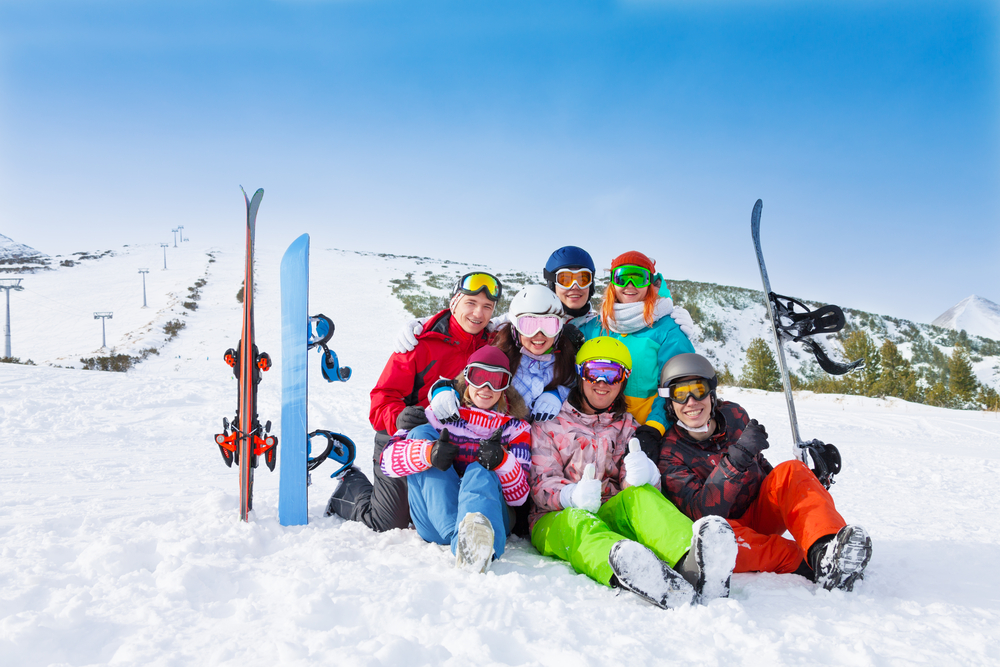The last thing on the snow-sports enthusiast mind when they hit the slopes is any thought of injury and therefore no thought to condition or for injury prevention.
- It is advisable to undertake a tailored/individual programme of conditioning ahead of time.
- In establishing an adequate programme, its important to take into account your ability level.
- Skiers and snowboarders tend to get very different types of injuries, so the programme must be tailored appropriately.
How and why injuries occur:
Falls
- snow is a unique and varied surface and a minor loss of balance can result in a dramatic fall.
- Snowboarders usually fall forwards or backwards, putting shoulders, wrists, cervical and lumbar spine at risk.
- Skiers tend to fall sideways and backwards, and when they do, the design of ski, boot and binding mechanism all increase the torsional stress on the knee.
- Ski poles are often hazardous for thumbs during a fall.
Collisions
- high impact can lead to head injuries
- low impact can cause skiers anterior cruciate ligament (ACL) injuries, as poorly stabilised knees are forced into rotation on a fixed base.
Fatigue
- Most snow-sport injuries happen towards the end of the day
- Poor technique / novices : ãs chance of a fall.
- Loss of control often occurs when people ski or snowboard beyond their limits.
- Equipment failure and inappropriate equipment (eg. a
Types of injury sustained:
Snowboarding
- forward falls commonly result in shoulder girdle injuries (eg. rotator cuff strains, clavicular fractures)
- falls backwards commonly result in wrist fractures / strains, spinal injuries and head injuries.
Skiing
- injuries are more linked to ability level than in snowboarding.
- Beginners spend a lot time in the “snowplough” position putting stress on the medial ligament (MCL).
- As a skier becomes more experienced their skis become more parallel and thus can move into greater degrees of flexion which places stress on the patello-femoral joint (PFJ).
- They will also ski at greater speeds so falls usually have a rotational component, putting the anterior cruciate ligament (ACL), and meniscus and collateral ligaments (or combinations of the above) at risk.
Conditioning should include components of
- Cardiovascular endurance to maximise local muscle endurance.
- Flexibility and agility of all major muscle groups of lower limb.
- Strength
- Proprioception and neuromuscular control.
- Learning how to fall properly to avoid injury.
- Core stability.


